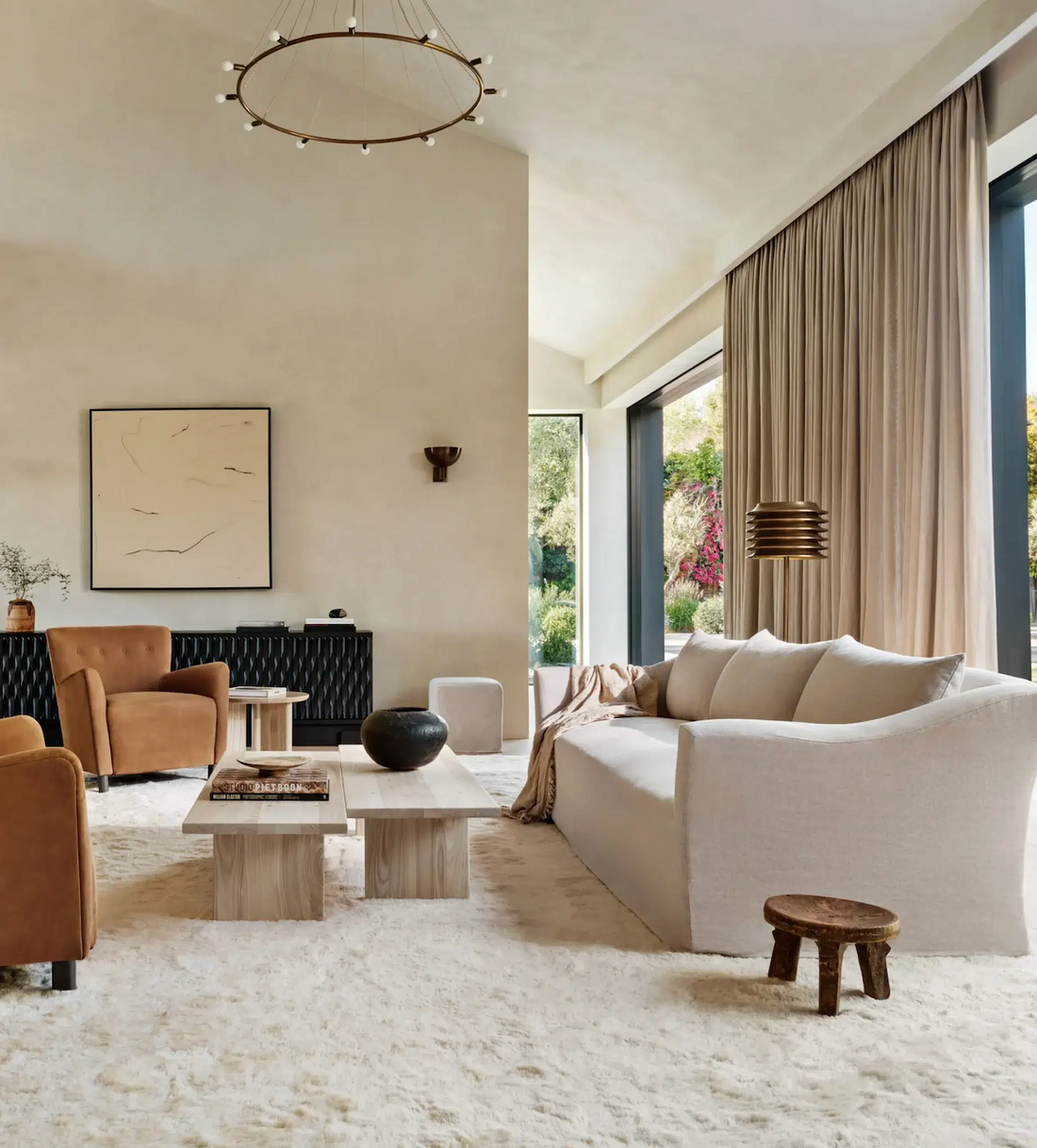Is fabric eco friendly? While leather has been a long-standing favorite, fabric is emerging as a surprisingly eco-friendly alternative. Sustainable fabrics minimize environmental impact throughout their lifecycle, from production to disposal. Let's explore the concept of what makes a fabric sustainable
Eco-Friendly Materials
Eco friendly furniture materials like those used in fabric sofas contribute significantly to sustainable living and eco-friendly home decor. Fabric sofas offer a diverse range of materials such as organic cotton, linen, and hemp, all of which can be sourced sustainably. For example, organic cotton is grown without synthetic pesticides or fertilizers, reducing environmental harm. Linen is made from flax plant fibers, known for its durability and low water usage during cultivation. Hemp is another eco-friendly choice due to its fast growth, requiring minimal water and pesticides.
These materials are renewable and have a lower environmental impact compared to traditional sofa materials like synthetic fabrics or leather. By opting for fabric sofas made from these sustainable materials, you not only enjoy stylish and comfortable furniture but also contribute positively to the environment. The durability of eco-friendly fabric sofas also plays a crucial role, as longer-lasting furniture reduces the need for frequent replacements, further reducing waste. Incorporating eco-friendly furniture materials into your home decor aligns with sustainable practices, promoting a greener lifestyle while enhancing the aesthetic appeal of your living space.

Durability And Longevity
A sustainable sofa focuses on fabric sustainability, ensuring that each eco-friendly fabric sofa is built to last. These sofas are designed with durability and longevity in mind, reducing the need for frequent replacements and minimizing waste. Fabrics like organic cotton, linen, and hemp used in eco-friendly fabric sofas are known for their robustness, making them ideal choices for long-term use.
Moreover, sustainable manufacturing processes contribute to the durability of these sofas. For instance, using recycled materials or responsibly sourced wood for frames enhances the overall sturdiness of the furniture. Additionally, eco-friendly sofas often feature high-quality craftsmanship and attention to detail, further enhancing their longevity. Investing in a sustainable sofa collection, you not only bring style and comfort into your home but also play a part in promoting environmental responsibility. These sofas exemplify how fabric sustainability and eco-friendly design can go hand in hand, offering both aesthetic appeal and long-lasting value for your living space.

Recyclability
Fabric sustainability is a crucial aspect of eco-friendly fabric sofas, especially when considering recyclability. These sofas are designed with materials that can be recycled at the end of their life cycle, contributing significantly to a circular economy. For example, fabrics like organic cotton, linen, and hemp used in eco-friendly sofas are biodegradable and recyclable, reducing the environmental impact compared to non-biodegradable materials.
Recyclability plays a vital role in reducing landfill waste because it allows materials to be repurposed rather than disposed of. When eco-friendly fabric sofas reach the end of their lifespan, manufacturers can recycle these materials to create new products, thus closing the loop and minimizing resource consumption. This approach aligns with sustainable practices by reducing the extraction of raw materials and lowering energy consumption in manufacturing processes.

Energy-Efficient Manufacturing
Fabric sofas are known for their energy efficiency during manufacturing, especially when compared to the production of leather sofas. This efficiency stems from several factors. Firstly, the processing of fabric materials like cotton, linen, or hemp requires less energy-intensive methods compared to the tanning and treatment processes involved in leather production. Fabric materials often undergo natural processes such as weaving, dyeing, and finishing, which are generally less energy-demanding.
Moreover, fabric sofas can be crafted using renewable energy sources in their production facilities, further reducing their carbon footprint. Many manufacturers prioritize energy-efficient practices in their factories, such as using solar or wind energy, optimizing machinery for lower energy consumption, and implementing recycling and waste reduction measures. These efforts not only contribute to the energy efficiency of fabric sofa production but also align with sustainable manufacturing practices.
Conclusion
Fabric sofas are becoming a trend in sustainable living due to their fabric sustainability, offering eco-friendly. Choosing sustainable living furniture, such as fabric sofas contributes to reducing environmental impact. With Cozy, you can embrace sustainable living without compromising on style or comfort, making fabric sofas a preferred choice for eco-conscious individuals looking to create environmentally friendly homes.





